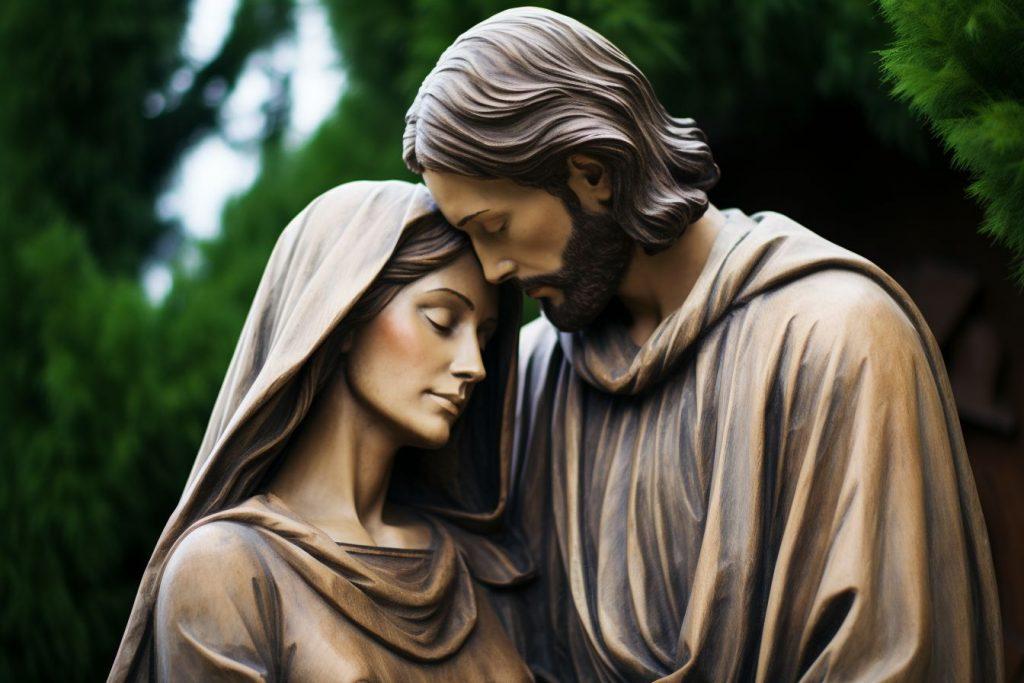The Catholic Church is renowned for its universal presence, shaped by local cultures and traditions wherever it sets foot. The St. Mary’s Cathedral in Port Moresby, Papua New Guinea, is an exemplar of this, beautifully blending Catholic faith with the vibrant indigenous art and symbols of the local people. Let’s explore some fascinating facts about this unique cathedral.
1. A Harmonious Synthesis of Faith and Culture
St. Mary’s Cathedral not only serves as a spiritual center for Catholics but also as a testament to the Church’s belief in the value and dignity of every culture.
“By means of his own culture, man expresses himself, becomes aware of himself, questions himself about the meaning of his own existence and his own activity, strives to go beyond what he is.” (Gaudium et Spes, 53)
In the heart of Papua New Guinea, St. Mary’s Cathedral gracefully incorporates indigenous art, proving that the Gospel doesn’t obliterate but instead elevates cultures.
2. Indigenous Stations of the Cross
One of the cathedral’s most notable features is its Stations of the Cross rendered in traditional Papuan styles. This is not merely an aesthetic choice; it allows the faithful to see the universal story of Christ’s Passion through their own cultural lens.
“Christ, by his incarnation, ‘takes on’ human culture; the Gospel itself spreads and takes root in different cultures, thereby becoming a part of these cultures.” (Redemptoris Missio, 52)
By adapting this sacred tradition to the indigenous art style, the cathedral reinforces the universality of the Gospel message.
3. The “Garamut” at the Entrance
Upon entering the cathedral, one can’t help but notice the large “garamut” or slit drum. Traditionally used in local ceremonies, its presence signifies the harmonization of local traditions with the Catholic liturgy.
“The musical tradition of the universal Church is a treasure of inestimable value, greater even than that of any other art.” (Sacrosanctum Concilium, 112)
By incorporating the garamut, the Church recognizes and values the rich musical heritage of Papua New Guinea.
4. Murals and Carvings Depicting Biblical Stories
Throughout St. Mary’s Cathedral, murals and carvings abound, narrating biblical stories using indigenous motifs and symbols. This localization of biblical events demonstrates that the Gospel message is not foreign but instead deeply rooted in the lives and experiences of the Papuan people.
“The Church has always translated the gift of God’s word into the language of its various hearers…” (Dei Verbum, 22)
This act of cultural translation ensures that the Gospel remains ever fresh and ever relevant.
5. Distinct Papuan Symbolism for Mary
The cathedral’s portrayal of Mary, the Mother of Jesus, is deeply influenced by local aesthetics. Cloaked in Papuan attire and motifs, she emerges not as a distant figure but as a familiar presence, reminiscent of the women of Papua New Guinea.
“The Virgin Mary…is acknowledged and honored as being truly the Mother of God and of the redeemer…” (Lumen Gentium, 53)
While Mary’s role in the salvation history remains universal, her depiction in St. Mary’s Cathedral brings her closer to the hearts and minds of the local faithful.
6. Localized Liturgical Practices
Beyond the aesthetic realm, certain liturgical practices at St. Mary’s Cathedral also reflect indigenous traditions, further integrating the faith into the local culture.
“The Church fosters and takes to itself, insofar as they are good, the ability, riches and customs in which the genius of each people expresses itself. Taking them to itself it purifies, strengthens, elevates and ennobles them.” (Sacrosanctum Concilium, 122)
Through these adaptations, the cathedral showcases the Church’s commitment to embracing the unique gifts of every culture while preserving the integrity of the faith.
Conclusion
St. Mary’s Cathedral in Port Moresby is more than just a place of worship; it’s a beautiful amalgamation of Catholicism and Papuan traditions. It exemplifies how the universal Church can embrace, respect, and uplift local cultures, making the Gospel message ever more accessible and resonant.

